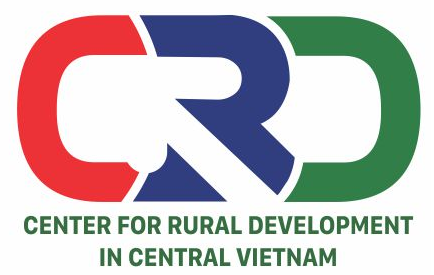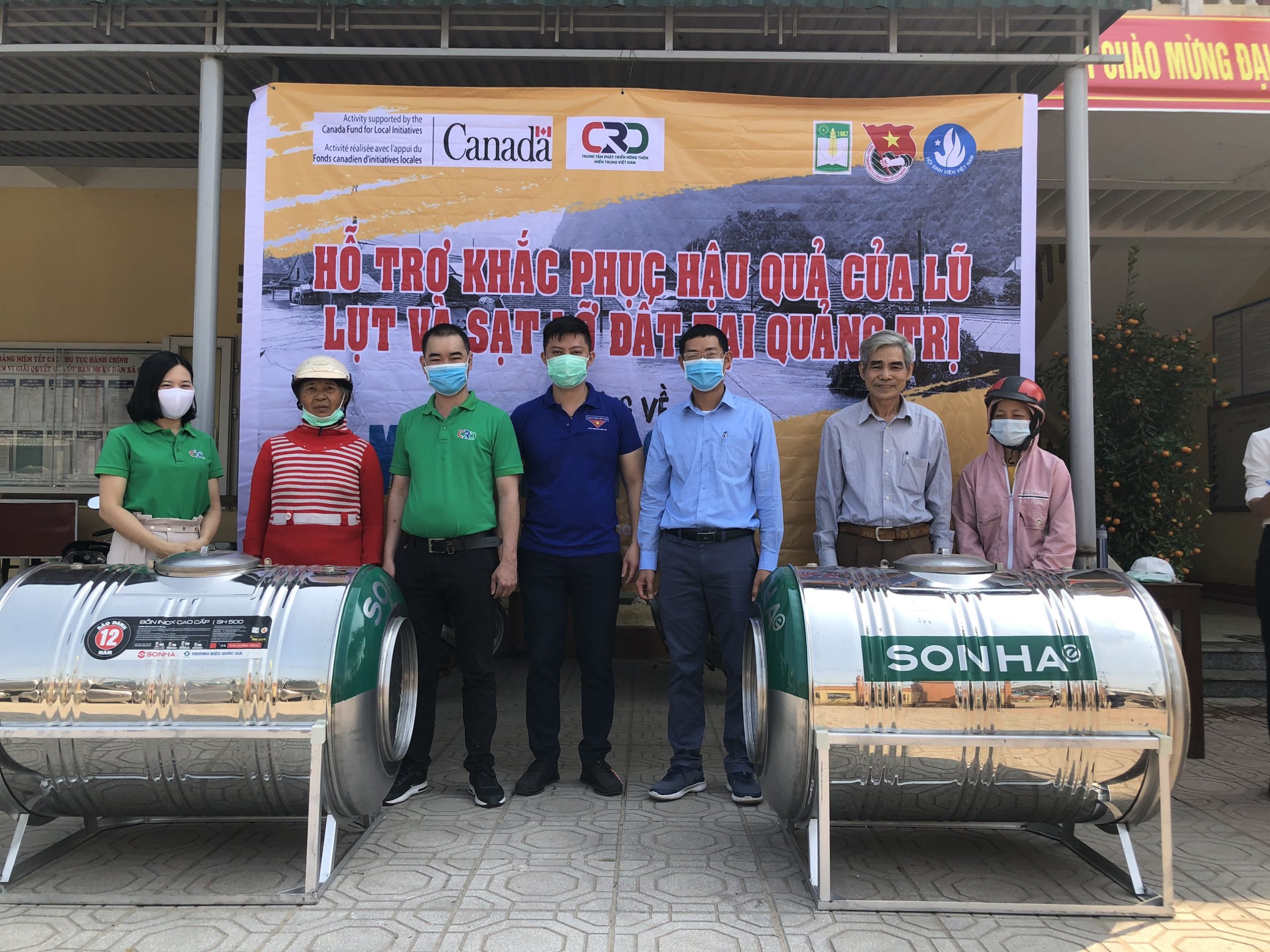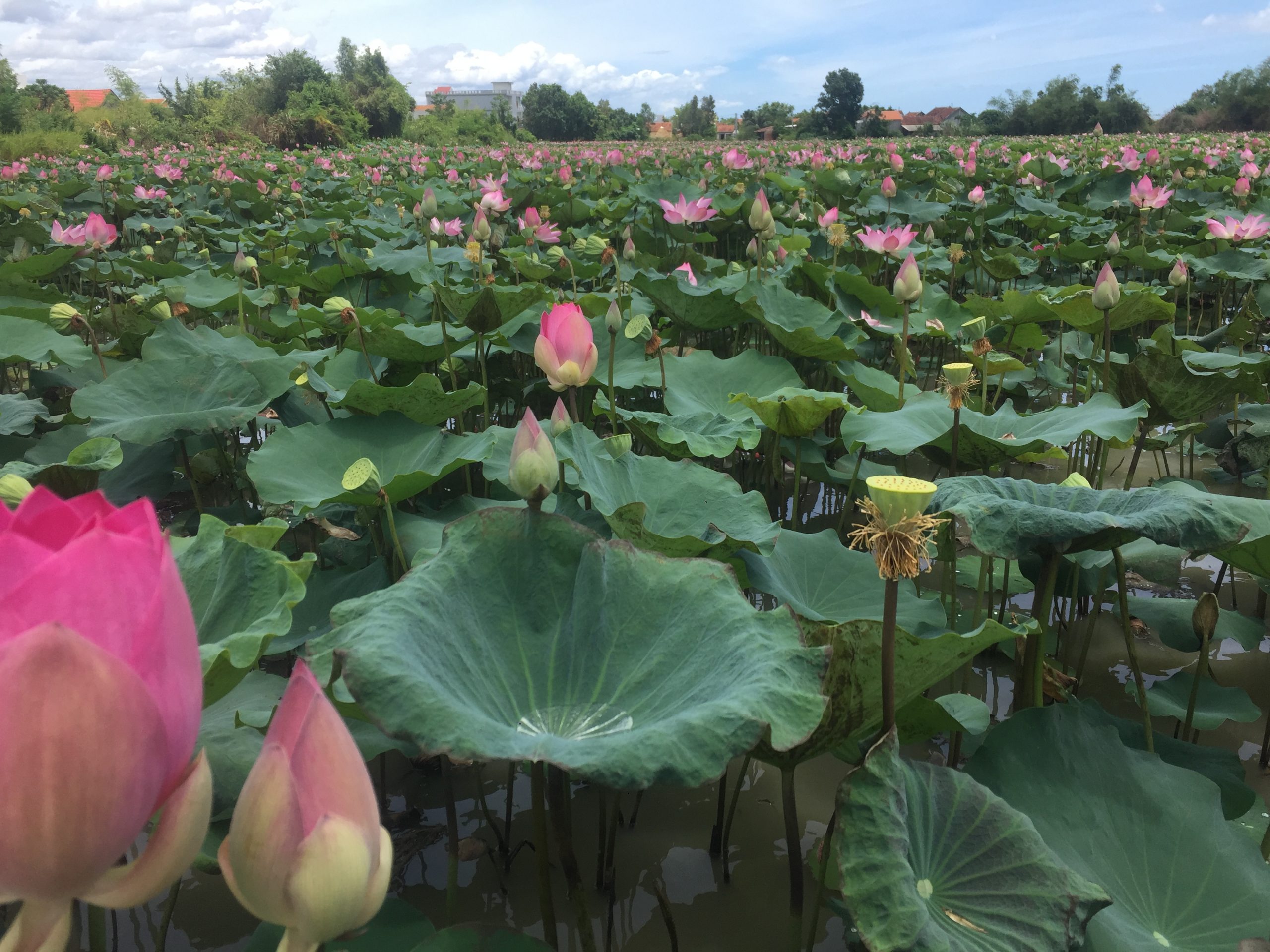- Project Title: Children-focused Climate Adaptation Program in Vietnam
- Project Location:
- Thai Nguyen province: 12 communes in two districts of Dinh Hoa and Dai Tu
- Quang Ngai province: 12 communes in Ba To district
- Thua Thien Hue province: 7 communes in Quang Dien district, 2 communes in Phu Vang district
- Tien Giang province: 7 communes in Go Cong Dong district and Go Cong town
- Funding Agency: Australian Agency for International Development (AusAID)
- Implementing Agency: Save the Children International and Plan International Organizations
- Local Partners:
- Department of Resource and Environment
- Department of Agriculture and Rural Development
- Provincial Women’s Union
- Provincial Red Cross
- Center for Living and Learning for Community (Live and Learn, local NGO)
- Center for Rural Development in Central Vietnam (local NGO)
- Duration: From August, 2012 to 30 December, 2014
- Project Description:
Save the Children and Plan have deployed Program of children-focused climate adaptation in Vietnam with the objectives of building adaptive capacity for vulnerable children and their communities in Vietnam to cope with the impacts of climate change. The objectives are expected to be achieved through: 1) Strengthening the ability of vulnerable children and their communities in planning directly and managing the negative impacts of climate change; 2) Improving the capacity of government and civil social organizations to agree with the needs of children and their community, agree with national objectives. Based on several years of experience of Save the Children and Plan in the implementation of disaster mitigation community-based programs in Vietnam, the program pays attention to children-focused activities to raise awareness in schools, the community-based adaptive model, training and technical support, etc. Interventions have also included campaigns to raise awareness initiated by the community and conversations between the policy makers and pioneers in the work of climate change adaption in order to strengthen the knowledge and commitment of policy-makers in community-based adaptation. The program will focus on 28 vulnerable communes of the districts whose disasters often occur in Quang Ngai, Thai Nguyen, Thua Thien Hue, and Tien Giang provinces and direct beneficiary is 105.450, and indirect beneficiary is 350,000.
The program, which will be built on a foundation of community-based and children-focused risk management project, has currently implemented. Through approach is pioneered by Save the Children and Plan and gives more predictions of climate change on the current risk map to ensure that the risk mitigation activities will cope with the impacts of climate change in the future. Focusing on children and adolescents shows that they do not identify in capacities and demands; and can contribute positively to management of risks and enhancing the adaptability of their communities to disasters related to weather and effects of climate change. This program will work with and through the young generation as agents of change; sets the objectives in the most vulnerable groups, empowers the community to use their available knowledge and resources as a basis to build their resilience; and builds on the partnership and the existing structure to enhance sustainability. Save the Children and Plan will cooperate with the Center for Living and Learning for Community, CRD and the International Union for Conservation of Nature (IUCN) to take advantage of their experience in adaption with climate change and prove maximally the program’s efficiency.
- Problem Analysis:
According to a recent study of Center for Global Development (CGD), Vietnam is one of five countries with highest risks related to extreme weather phenomena worldwide (current weather and forecasts in the future). A similar study also ranks countries involving vulnerable situation due to the impacts of extreme weather phenomena and Vietnam ranked 7th out of 233 studied countries. When change in the weather increases, the community of this country seems to have been affected by the relevant impacts including extreme weather phenomena such as heavy rains, floods and more powerful storms. Also, the weather happenings won’t predict that will affect livelihoods and food security.
These communities in coastal and mountainous areas can fall in particularly dangerous situation because the disasters may become worse when the weather changes. Coastal and plain communities seem also to suffer from occured floods more frequently, higher waves combining with the more powerful speed of the wind storm, more heavy rain and severe salinization. Communities on mountains or plateaus may also suffer heavy rains increasing significantly and the results show that there are more floods occurring frequently (according to the observation of trend in the last few years). If the resilience of communities is poor, they will lose the ability of sustainable development due to severve trend of the weather. The urgent needs to help the poor and vulnerable communities in these geographical areas are enhancing resilience with the impacts of current trends of weather change and its harshness and building up resilience in facing climate change.
Children and young people are particularly vulnerable by the trends of weather change and climate change’s impacts. Half of those affected or killed by disasters worldwide are children. An estimated 175 million children are affected by disasters every year (in 2015), the main reason relates to the weather. As climate change increases the impact of natural disasters related to weather, children will be in a high risk situation. A recent example of the vulnerability of children because of severe weather in Vietnam is over 90% casualties on the Mekong floods in 2011 under 16 year old children.
Although the predictions of general trend of climate change in Vietnam has high reliability, people do not know much about the scale and time. Therefore, it is important to focus on building the resilience of vulnerable communities to cope with a wide range of impacts to ensure sustainable development when climate changes. To achieve these things, the program will work with multiple boards, departments and communities to plan and respond to the impacts of climate change at present and future predictions to build a community-based adaptation model, this model can be replicated in Vietnam scale and beyond.
- Project objectives:
- Strengthening the ability of vulnerable children and their communities to plan and manage directly negative impacts of trend change and climate change; and
- Capacity building of government and society to agree with the adaptive needs of children and adapted to their communities, agree with national objectives.
- Expected outcomes and recommended actions:
Expected outcomes:
- Outcome 1: Increasing understanding of the impacts of climate change for children and their communities.
- Outcome 2: Strengthening the ability of children and their communities in planning and coping with impacts of climate change through planning of community-based participation and actions.
- Outcome 3: Enhancing capacity building of local sectors, boards, departments and social organizations to implement programs of community-based response, agreeing with national objectives.
- Outcome 4: Enhancing knowledge and commitment of policy-makers in the community-based adaptation.
Top of Form






